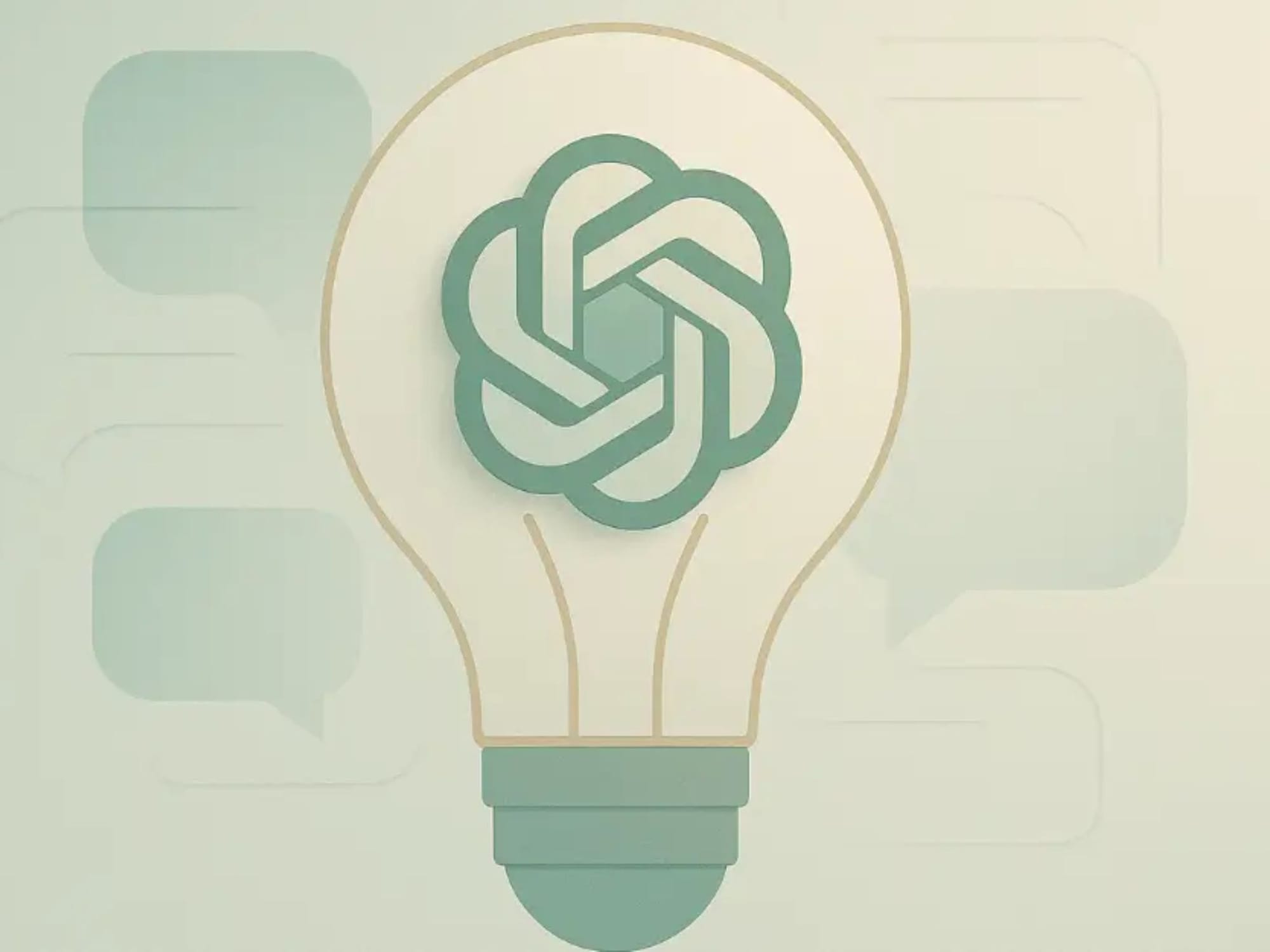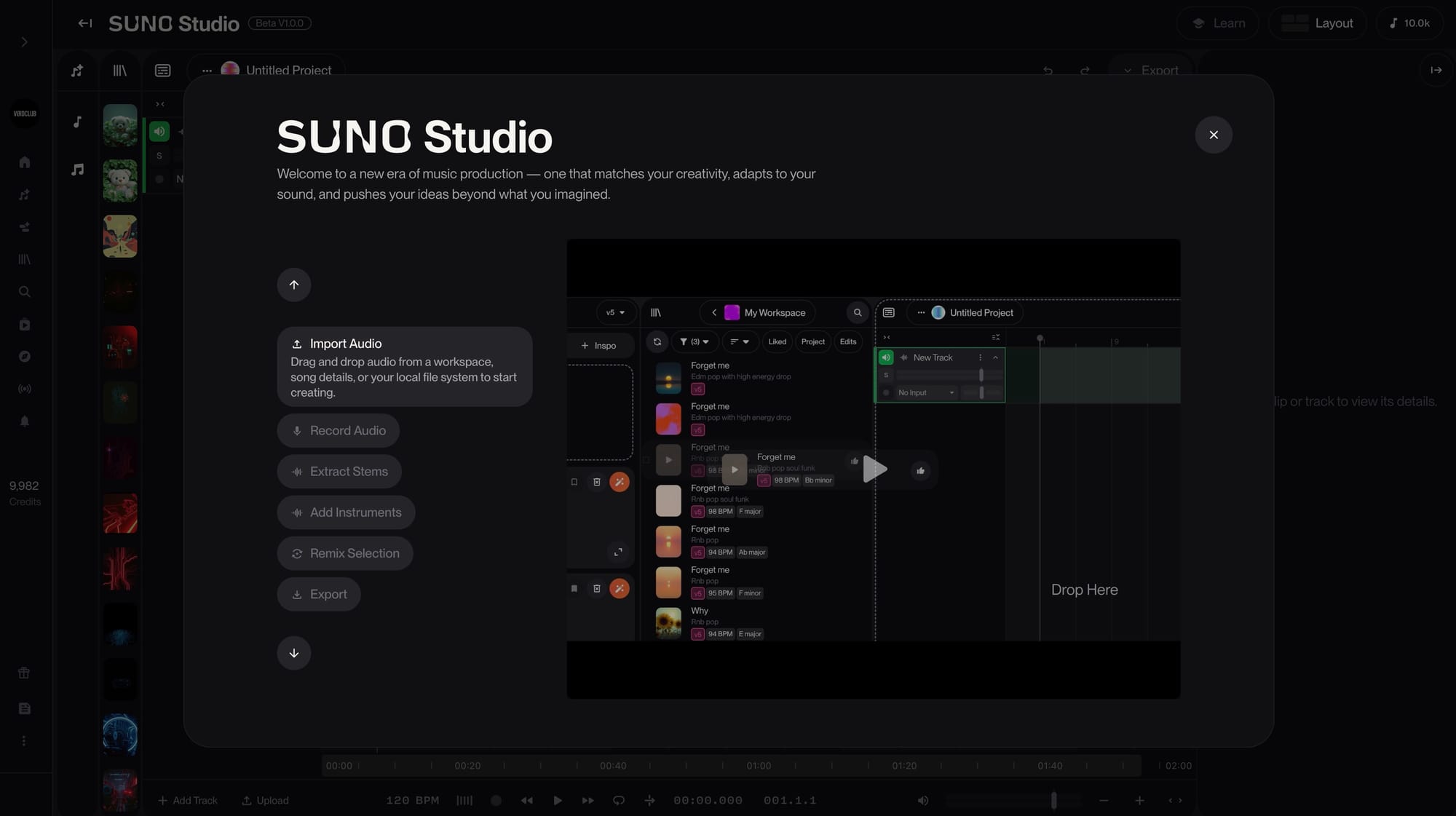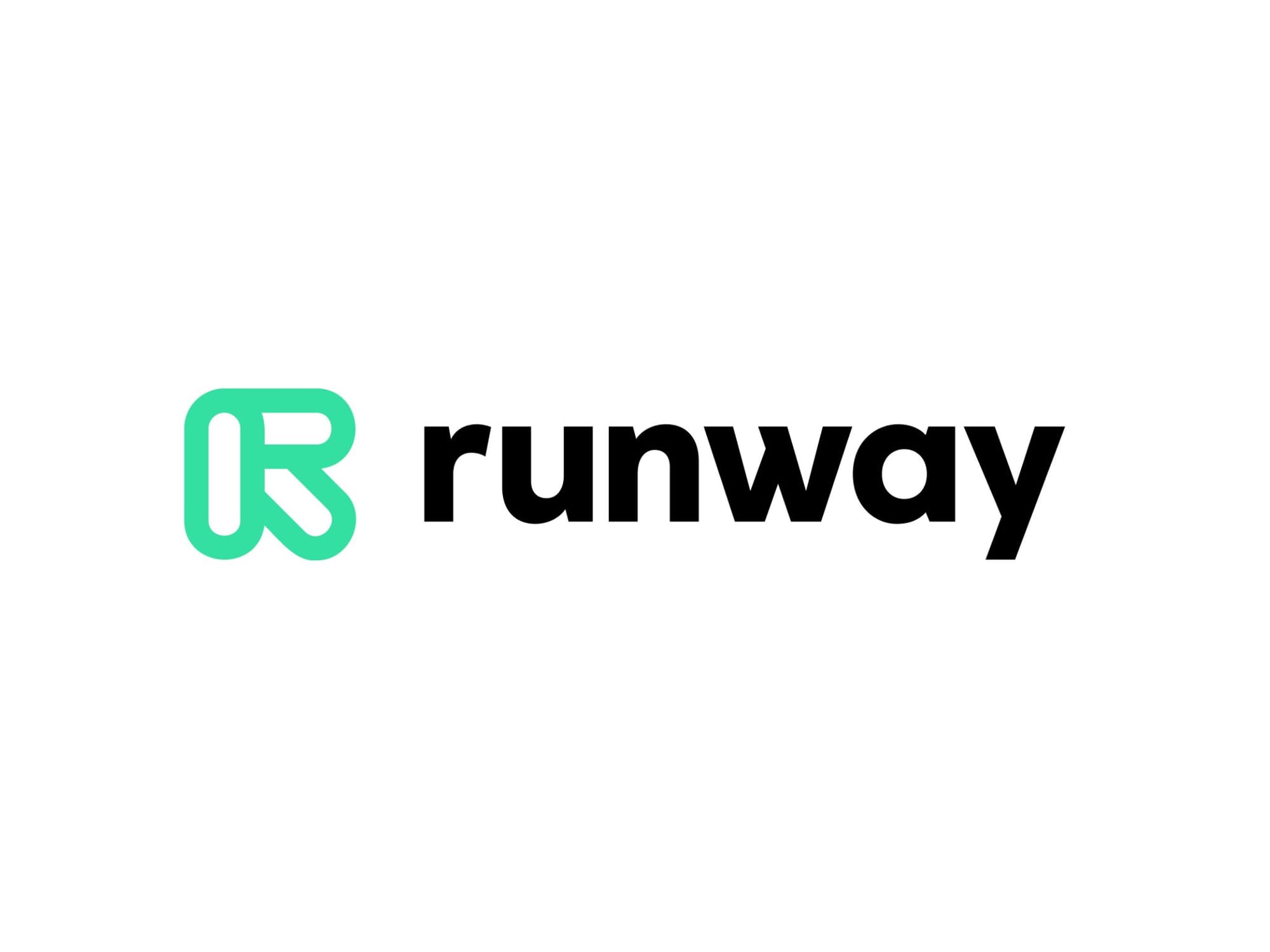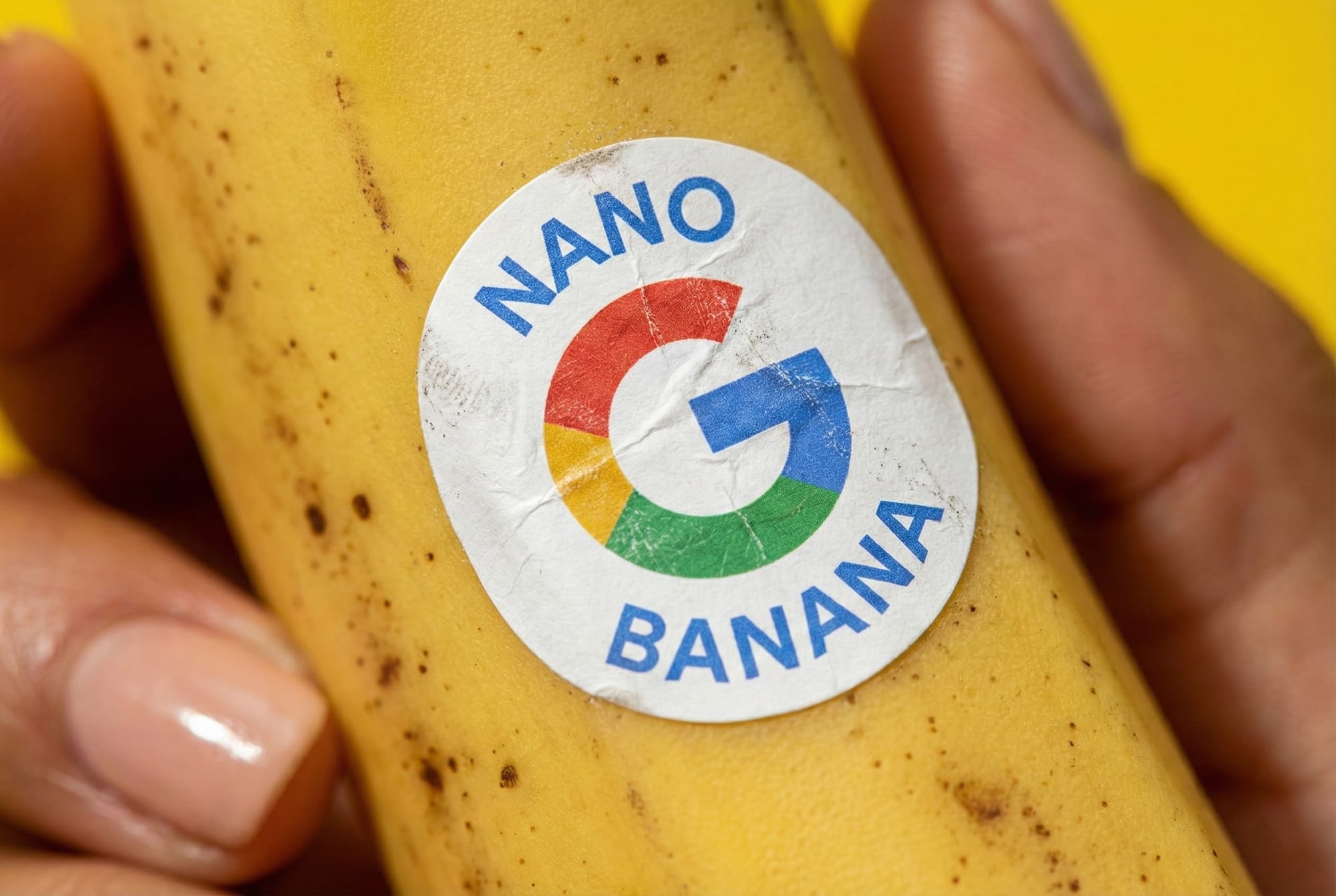Have you ever had what seemed like the perfect business idea, only to discover months later that there was no real market for it? You're not alone. Studies show that 42% of startups fail because there's no market need for their product or service. The good news? You can now validate your business idea in just one evening using ChatGPT, potentially saving yourself months of wasted effort and thousands of dollars.
Business idea validation has traditionally been a lengthy, expensive process involving market research firms, focus groups, and extensive surveys. Today's entrepreneurs have a powerful ally in artificial intelligence that can help compress weeks of research into a single focused evening of strategic questioning and analysis.
Why Traditional Business Validation Takes So Long
Before diving into the ChatGPT method, it's important to understand why conventional validation processes are so time-consuming. Traditional approaches typically involve multiple stages: initial market research, competitor analysis, customer surveys, focus groups, and prototype testing. Each stage can take weeks to complete and often requires significant financial investment.
The challenge with traditional methods extends beyond time and money. Many entrepreneurs get stuck in analysis paralysis, continuously gathering data without ever taking action. Others rush to market without proper validation, leading to costly failures. ChatGPT offers a middle ground—thorough validation that's both rapid and actionable.
The ChatGPT Advantage in Business Validation
ChatGPT brings several unique advantages to the business validation process. Unlike human consultants or research firms, it's available 24/7 and can process vast amounts of information instantly. It can role-play different customer personas, analyze market trends, and provide objective feedback without the biases that often cloud human judgment.
The AI's ability to synthesize information from multiple perspectives makes it particularly valuable for entrepreneurs who may be too close to their ideas to evaluate them objectively. ChatGPT can challenge your assumptions, point out potential blind spots, and help you think through scenarios you might not have considered.
Setting Up Your One-Evening Validation Session
Your validation evening should be treated like a focused work session. Block out 3-4 uninterrupted hours, gather any preliminary research you've done, and prepare to ask the right questions. The key to success lies in approaching this systematically rather than randomly throwing questions at the AI.
Start by clearly articulating your business idea in one or two sentences. This forces you to distill the core value proposition and ensures you're working with a focused concept rather than a vague notion. Having this clarity upfront will make your entire validation session more productive.
Phase 1: Market Opportunity Analysis (45 minutes)
Begin your validation session by exploring the market opportunity. Ask ChatGPT to analyze the size and growth potential of your target market. For example, if your idea involves a productivity app for remote workers, you might ask: "What is the current size of the remote work software market, and what are the key growth drivers?"
Don't stop at surface-level market data. Dig deeper into market segmentation, asking ChatGPT to identify specific niches within your broader market. Often, the most successful businesses start by dominating a small, underserved segment before expanding to larger markets.
Use ChatGPT to explore market timing as well. Ask questions like: "What trends are currently driving demand in this space?" and "Are there any regulatory changes or technological shifts that might impact this market in the next 2-3 years?" Understanding timing can be the difference between launching into a growing wave or fighting against market headwinds.
Consider asking ChatGPT to analyze the market from different geographical perspectives. A business idea that seems saturated in the US market might have significant opportunities in emerging markets, or vice versa.

Phase 2: Customer Problem Validation (60 minutes)
This phase focuses on validating that the problem you're solving is real, urgent, and widespread enough to support a business. Start by asking ChatGPT to help you define your ideal customer persona in detail. Go beyond basic demographics to understand psychographics, pain points, and behavioral patterns.
Once you have a clear customer profile, use ChatGPT to role-play customer interviews. Ask it to respond as your target customer and probe deeply into their current solutions, frustrations, and willingness to pay for alternatives. This simulation can reveal gaps in your understanding and help you refine your value proposition.
A particularly powerful technique is asking ChatGPT to identify what customers are currently doing to solve the problem your business addresses. If people aren't actively seeking solutions or are satisfied with existing alternatives, you may need to reconsider your approach or identify a more pressing problem.
Don't forget to explore the emotional aspect of the customer problem. Ask ChatGPT to analyze how your target customers feel about their current situation and what emotional benefits your solution might provide. People often buy based on emotion and justify with logic, so understanding both is crucial.
Phase 3: Competitive Landscape Assessment (45 minutes)
Use ChatGPT to conduct a comprehensive competitive analysis. Start by asking it to identify both direct and indirect competitors in your space. Direct competitors offer similar solutions, while indirect competitors solve the same customer problem through different means.
For each major competitor, ask ChatGPT to analyze their strengths, weaknesses, pricing strategies, and market positioning. This analysis should reveal gaps in the market that your business could potentially fill. Pay particular attention to consistent complaints about existing solutions—these often represent opportunities for differentiation.
Ask ChatGPT to help you understand the competitive barriers in your industry. Some markets have high barriers to entry due to regulatory requirements, capital needs, or network effects. Understanding these barriers upfront can help you plan your entry strategy or identify whether the market is realistic for your resources.
Consider exploring the competitive landscape from a customer switching perspective. Ask ChatGPT: "What would motivate customers to switch from existing solutions to a new alternative?" Understanding switching costs and motivations is crucial for planning your customer acquisition strategy.

Phase 4: Business Model Viability (30 minutes)
This phase focuses on whether your idea can generate sustainable revenue. Start by asking ChatGPT to help you brainstorm different monetization strategies for your business concept. Don't limit yourself to the most obvious approach—explore subscription models, freemium options, marketplace commissions, and other revenue streams.
Use ChatGPT to analyze the unit economics of your potential business model. Ask questions about customer acquisition costs, lifetime value, and profit margins. While ChatGPT can't provide exact numbers, it can help you understand the key metrics you'll need to track and the ranges that typically indicate a healthy business.
Ask ChatGPT to evaluate the scalability of your business model. Some businesses require linear increases in resources to grow revenue, while others can scale more efficiently. Understanding the scalability characteristics of your model will help you plan for growth and investment needs.
Consider exploring different pricing strategies with ChatGPT. Ask it to analyze value-based pricing, competitive pricing, and cost-plus pricing for your specific business context. The right pricing strategy can significantly impact both customer adoption and profitability.
Phase 5: Risk Assessment and Mitigation (20 minutes)
Every business faces risks, and identifying them early allows you to plan mitigation strategies. Ask ChatGPT to help you brainstorm potential risks across different categories: market risks, competitive risks, operational risks, and regulatory risks.
For each significant risk, ask ChatGPT to suggest potential mitigation strategies. This exercise helps you think through contingency plans and may reveal risks that could be deal-breakers if not properly addressed.
Don't overlook personal and team risks. Ask ChatGPT to analyze whether you and your team have the necessary skills and experience to execute your business idea successfully. If there are gaps, you can plan to fill them through hiring, partnerships, or skill development.

Advanced ChatGPT Techniques for Deeper Validation
Once you've completed the basic validation framework, you can use more advanced techniques to deepen your analysis. Try asking ChatGPT to argue against your business idea from different perspectives—as a skeptical investor, a potential customer, or a competitor. This adversarial approach can reveal weaknesses you might otherwise miss.
Use ChatGPT to conduct scenario planning by asking "what if" questions about different future conditions. What if a major competitor enters your market? What if customer preferences shift? What if economic conditions change? This type of forward-thinking analysis helps you build a more resilient business plan.
Consider asking ChatGPT to help you design simple experiments you can run to test key assumptions about your business. These might include landing page tests, survey questions, or small-scale pilots that can provide real-world validation of your ChatGPT insights.
Synthesizing Your Findings
After completing your validation session, spend time synthesizing your findings into actionable insights. Ask ChatGPT to help you summarize the key findings from each phase and identify the most critical assumptions that need further validation.
Create a simple scoring system to evaluate your business idea across different dimensions: market opportunity, customer problem urgency, competitive advantage, business model viability, and risk level. This systematic approach helps you make more objective decisions about whether to proceed.
Don't expect your validation session to provide definitive answers about your business idea's success. Instead, view it as a way to identify the most important questions you need to answer and the experiments you need to run before moving forward.
Common Pitfalls to Avoid
While ChatGPT is a powerful validation tool, it's important to avoid common mistakes that can lead to misleading conclusions. Remember that ChatGPT's knowledge has limitations and may not reflect the most current market conditions or emerging trends. Always cross-reference important insights with recent data and real-world observations.
Avoid leading questions that push ChatGPT toward the answers you want to hear. The goal of validation is to discover the truth about your business idea, not to confirm your existing beliefs. Frame questions neutrally and be prepared to hear difficult feedback.
Don't rely solely on ChatGPT for validation. While it's an excellent starting point, successful validation requires real-world testing with actual customers. Use your ChatGPT session to design better experiments and ask better questions when you interact with potential customers.
Taking Action After Your Validation Session
Your one-evening validation session should conclude with a clear action plan. Based on your findings, you should have one of three outcomes: proceed with confidence, pivot to address identified issues, or abandon the idea in favor of better opportunities.
If you decide to proceed, use your ChatGPT insights to create a focused testing plan. Identify the 2-3 most critical assumptions that need validation and design simple, low-cost experiments to test them. This might involve creating a simple landing page, conducting customer interviews, or building a basic prototype.
Remember that validation is an ongoing process, not a one-time event. As you gather real-world data, continue using ChatGPT to analyze your findings and adjust your approach. The combination of AI-powered analysis and real-world testing creates a powerful validation system that can significantly improve your chances of business success.
Frequently Asked Questions
Why does traditional business idea validation take so long?
Traditional validation involves multiple time-consuming and costly steps like market research, customer surveys, focus groups, and prototype testing. It often requires weeks or months to complete and significant financial resources.What are the advantages of using ChatGPT for business validation?
ChatGPT is always available, processes large amounts of data instantly, role-plays as different customer types, and provides unbiased insights that help refine your idea quickly and efficiently.How should I prepare for a one-evening business validation session with ChatGPT?
Block out 3–4 focused hours, collect any prior research, and clearly define your idea in one or two sentences. Then, structure your session around core validation phases like market, customer, competition, and business model.How can I validate if the customer problem is real and urgent?
Use ChatGPT to create detailed personas, simulate interviews, assess current solutions, and explore both rational and emotional pain points customers experience today.How can ChatGPT help analyze the competitive landscape?
It can identify both direct and indirect competitors, analyze their strengths and weaknesses, pricing, positioning, and uncover gaps or opportunities in the market you can target.How do I assess the viability of my business model with ChatGPT?
ChatGPT can suggest monetization strategies, help you estimate unit economics, evaluate scalability potential, and analyze pricing models like freemium, subscription, or value-based pricing.How do I identify and mitigate risks with ChatGPT?
ChatGPT helps you identify market, competitive, operational, and team-related risks. For each risk, it can offer potential mitigation strategies so you can plan ahead effectively.What should I do after completing my ChatGPT validation session?
Summarize findings from each phase, score your idea objectively, and decide whether to move forward, pivot, or abandon. Design quick experiments to test the most critical assumptions in the real world.Building Validation into Your Entrepreneurial Process
Make business idea validation a regular part of your entrepreneurial toolkit. The techniques you learn from validating one idea can be applied to future opportunities, making you a more effective entrepreneur over time.
Consider creating templates from your successful validation sessions that you can reuse for future ideas. This systematic approach helps ensure you don't skip important validation steps and can significantly speed up your evaluation process for new opportunities.
The landscape of business validation continues to evolve as AI tools become more sophisticated and accessible. Entrepreneurs who master these tools early will have a significant advantage in identifying and developing successful business opportunities.
Your one evening with ChatGPT should be viewed as the beginning of your validation journey, not the end. The insights you gain should guide your next steps and help you build a business that truly serves a market need. With the right approach, you can dramatically increase your chances of entrepreneurial success while reducing the time and money typically required for thorough business validation.
The key to successful validation lies not in getting the "right" answers, but in asking the right questions and being honest about what you discover. Use ChatGPT as your thinking partner, but remember that ultimately, the market will be the final judge of your business idea's viability. The goal is to increase your odds of success by making more informed decisions about where to focus your entrepreneurial energy.












![AI Wearables That Actually Work in 2026 [Not Another Smartwatch List]](/content/images/2025/11/bEUVo6CrhWAZKXKM3fR4wJ-1200-80.jpg)

![Best AI Smart Glasses 2026: Ray-Ban Meta vs Solos AirGo3 vs Even Reals G1 [Tested]](/content/images/2025/11/--------------------------4-.webp)




